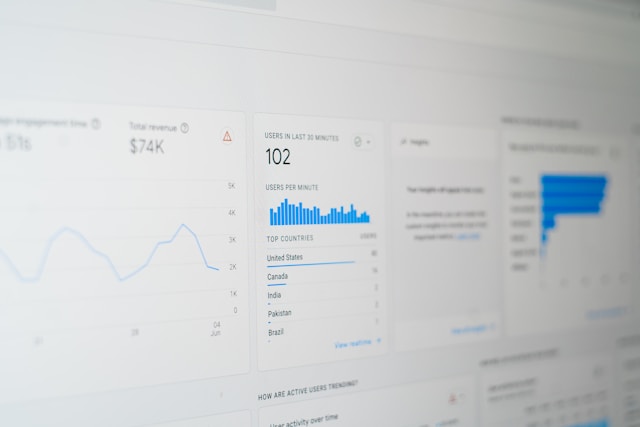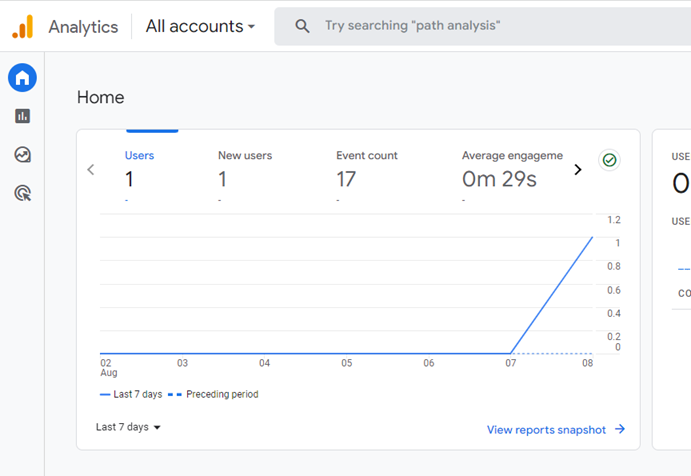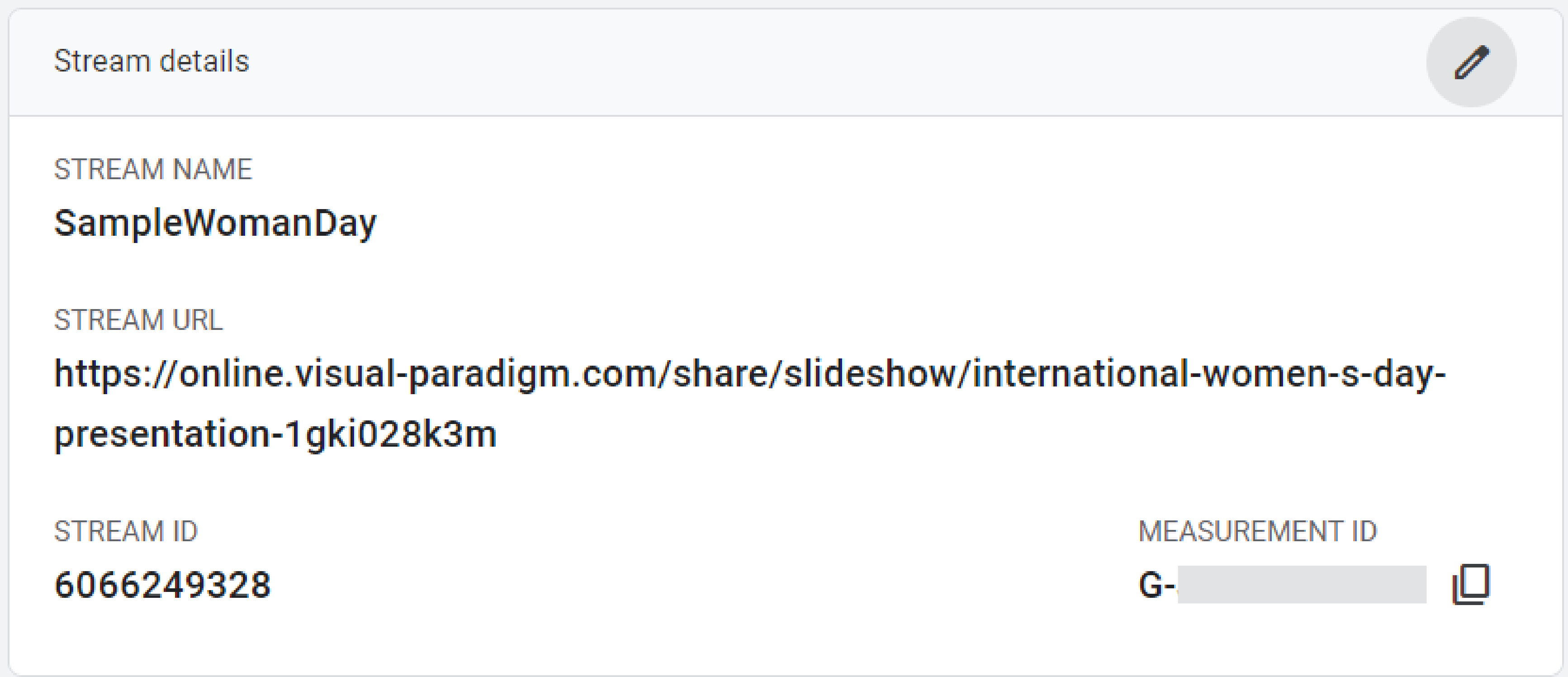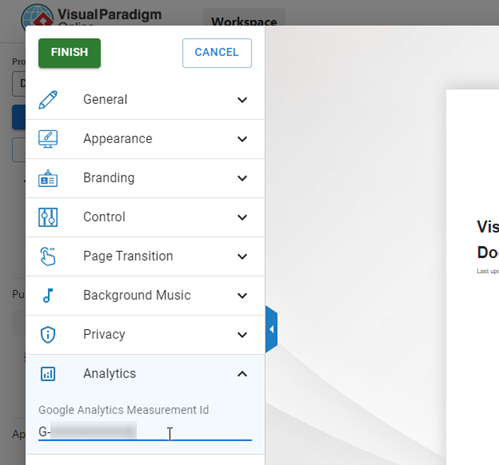Harness the Power of Google Analytics for Your Flipbook Performance
Introduction
Flipbooks have become indispensable tools for presenting content in a captivating and interactive format. To gain profound insights into how your audience engages with them, Google Analytics offers you the capability to delve beyond the pages and meticulously track the performance of your flipbook. In this article, we will explore the integration of Google Analytics with your flipbook, revealing how it provides you with valuable data to comprehend user behavior, gauge engagement levels, and make well-informed decisions to amplify the impact of your digital publications.

Understanding Google Analytics
Google Analytics is a comprehensive web analytics service offered by Google that allows website owners, marketers, and businesses to track and analyze user interactions with their websites or mobile applications. It provides valuable insights into how users discover, navigate, and engage with online content, offering a deep understanding of the effectiveness of your digital strategies.
Why Care about Google Analytics
Google Analytics is crucial for online marketing due to several reasons that make it an indispensable tool for businesses and website owners:
- Data-Driven Decision Making: Google Analytics provides a wealth of data that enables informed decision-making. By understanding user behavior, preferences, and demographics, you can tailor your content and marketing efforts to meet your audience’s needs.
- Measuring Marketing Campaigns: With Google Analytics, you can assess the success of your marketing campaigns. You can track traffic sources, conversion rates, and ROI, helping you allocate resources effectively and optimize your marketing strategy.
- User Experience Improvement: Google Analytics reveals how users navigate your website, where they drop off, and what content resonates most. Armed with this knowledge, you can enhance user experience and site usability.
- Performance Monitoring: Google Analytics allows you to monitor the performance of your website, identifying areas of improvement, and ensuring that your site is running smoothly.
- Audience Segmentation: With Google Analytics, you can segment your audience based on various factors such as location, demographics, and behavior. This information helps you create targeted marketing campaigns and improve user experience for specific segments.
- Goal Tracking: You can set up goals in Google Analytics to track specific actions that users take on your website, such as making a purchase, signing up for a newsletter, or downloading a file. This helps you measure the effectiveness of your marketing efforts and make data-driven decisions.
- Cross-Platform Reporting: Google Analytics provides insights into user behavior across multiple devices and platforms, helping you understand how your audience interacts with your content on different devices.
- Real-Time Analytics: Google Analytics offers real-time data, enabling you to make immediate adjustments to your marketing strategy based on current trends and user behavior.

Integrating Google Analytics with Your Flipbook
To integrate Google Analytics with your flipbook, follow these steps:
- Create or sign in to your Google Analytics account.

- Obtain your unique tracking ID.

- Add the tracking ID to your flipbook’s code.

- Publish your flipbook.
Now, your flipbook is set up to send data to Google Analytics, allowing you to monitor its performance.
Utilizing Google Analytics to Track Flipbook Performance
Google Analytics provides valuable data to understand user behavior, preferences, and demographics, enabling you to tailor your content and marketing efforts to meet your audience’s needs. Here are some key metrics you can track:
- Traffic Sources: Monitor which channels drive the most traffic to your flipbook, such as direct, social media, referral, search, or email traffic.
- Bounce Rate: Measure the percentage of visitors who view just one page and leave without interacting with your flipbook.
- Session Duration: Assess the average time users spend engaging with your flipbook.
- Pages per Session: Track the number of pages users view during a single session.
- Conversion Rate: Analyze the percentage of visitors who complete a desired action, such as making a purchase or subscribing to a newsletter.
By understanding these metrics, you can make informed decisions to optimize your flipbook’s performance.

Conclusion
Google Analytics is a powerful tool that empowers businesses and website owners with the insights needed to optimize their online presence, refine marketing strategies, and create a seamless user experience. By harnessing the wealth of data it provides, you can make informed decisions that drive growth and success in the digital realm. Integrate Google Analytics with your flipbook and unlock its potential to enhance your online content’s performance. Feel free to create a flipbook and publish the flipbook with google analytics today!


